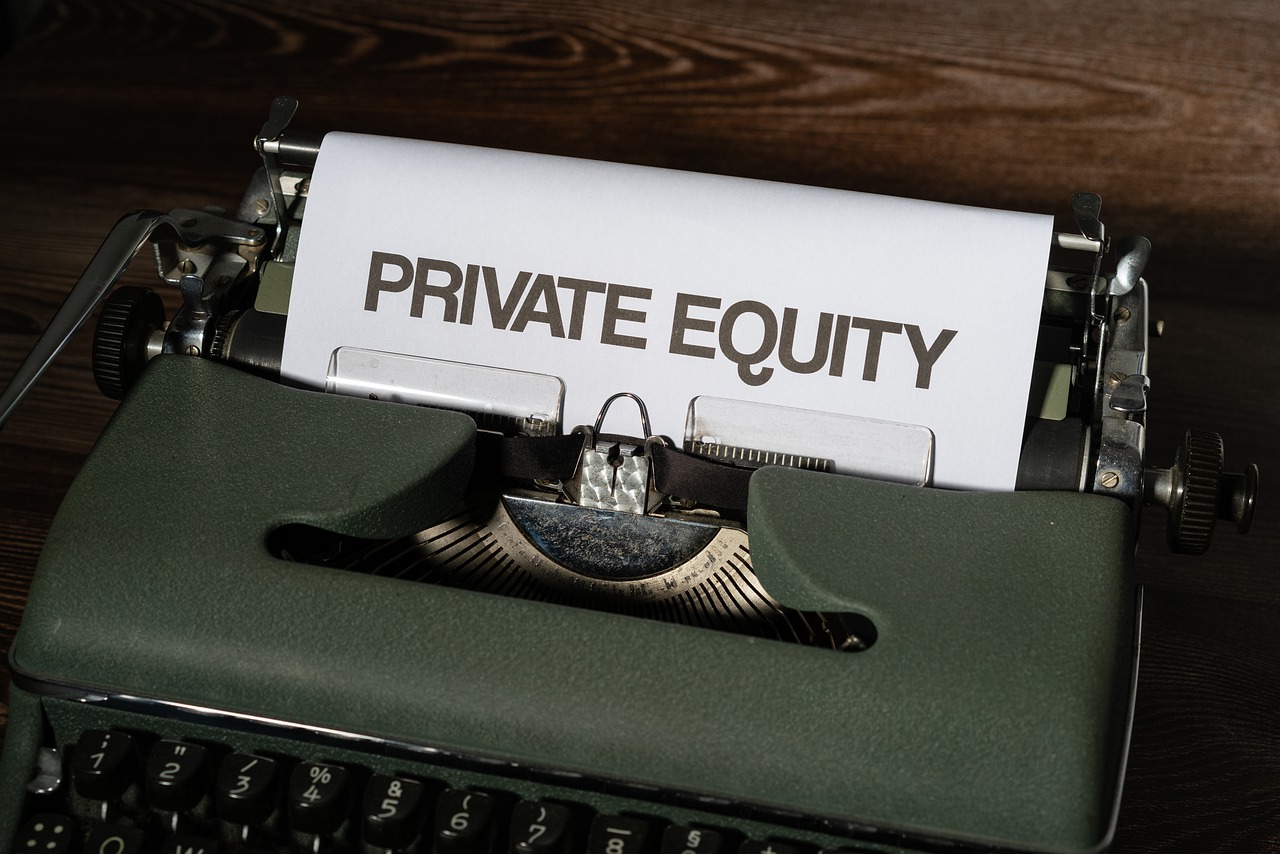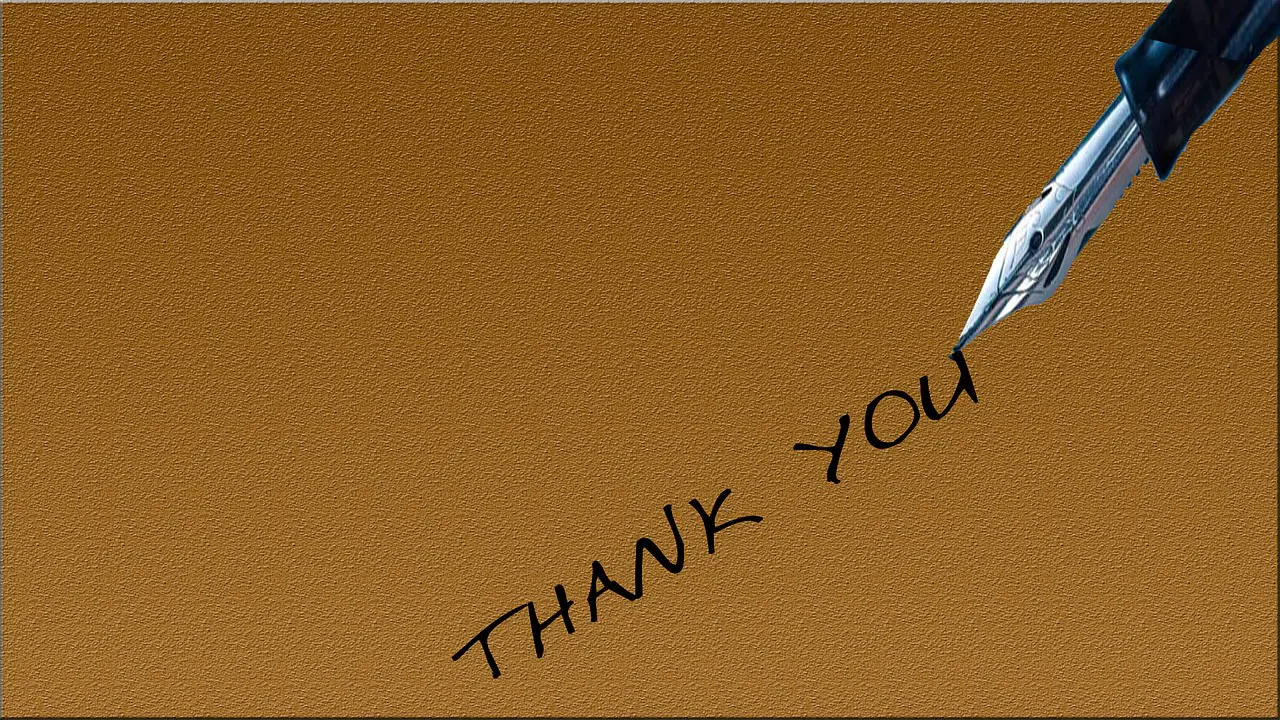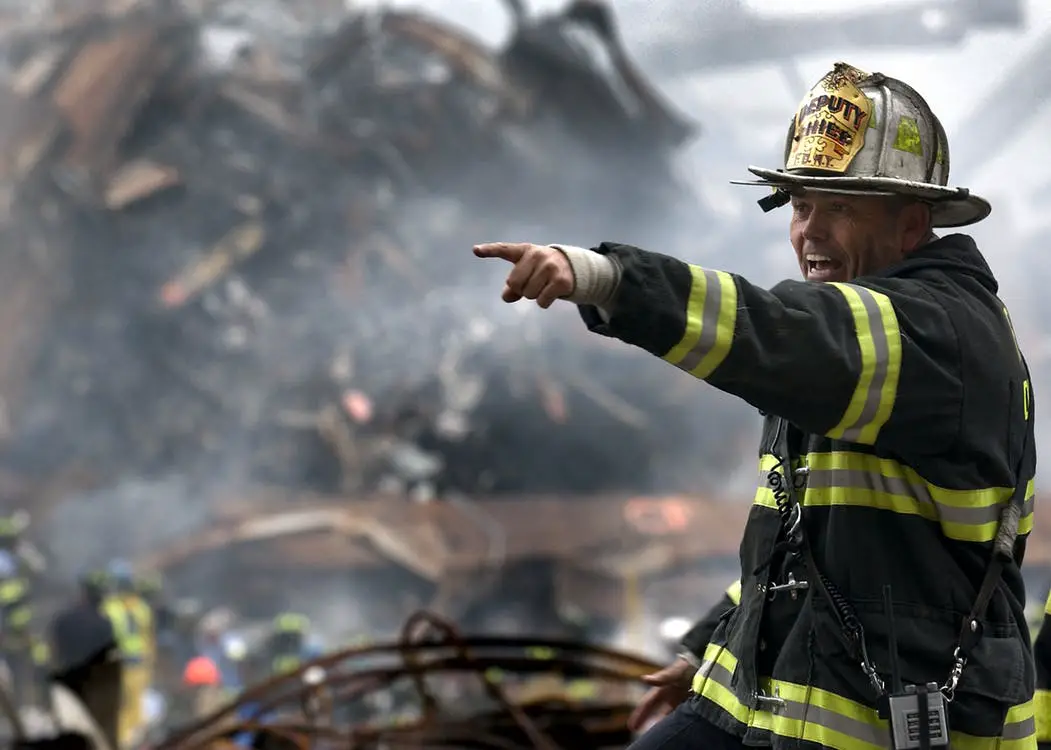
Some may wonder why you always may have a “black cloud.” And others seem to work only on quiet evenings. Well, maybe the black cloud or halo you wear is more than chance. Perhaps, you sign up for the easy or difficult calls without realizing the consequences of your choices. So, to advise which days you need to consider working and others you should avoid, I am listing some of the best and worst days to be on call. Here we go!
Best Days
Snow Days
If you ever work on a day with a heavy snowstorm, consider yourself lucky. If it is a state of emergency, it’s even better. Almost no one arrives at the doors of the emergency department. Why? Because they are not allowed on the roads!!! And, if they can’t drive, getting into a bad accident becomes much more challenging. Hence, you are in for a beautiful night!
Your Favorite ED Attending’s Shift
It turns out that not all ED attendings are alike! You have found gold if you find one that rarely seems to order imaging studies. Follow this attending to the ends of the earth. And, make sure to work those calls that match this chap’s shifts!
Christmas
Although not always palatable for some, you cannot find another holiday when patients sparsely frequent the emergency room like this day. No one wants to be in-house. And indeed, no one wants to receive an imaging study. Plus, to add another perk, many hospitals give free meals to those who work this holiday. If you can tolerate working on Christmas and want an easy day, seriously consider working!
Super Bowl Sunday
For those who don’t enjoy football, this holiday will treat you to a great evening. Imagine barely hearing a pin drop in the reading room. That is usually the theme when working on Super Bowl Sunday during the game. The television tempts almost every patient and physician to watch the screen. Therefore, you can pretty much expect a quiet evening.
Worst Days
Independence Day
This holiday does not lend itself to quiet while the weather is lovely. And explosives abound. What more needs to be said???
The Hours After The Super Bowl
Call it the rebound effect—all those hours of watching delay the inevitable. Injuries and phone calls miraculously appear again out of the blue. And all that food and alcohol consumed by the celebrants… Well, let’s put it this way. Every cause has an effect. Unfortunately, if you work this time, do not expect to rest!
First Day After Large Snowstorm Is Over
Everyone returns to work after that significant snowstorm is over. Well, guess what? They have to dig out their driveways or drive on slippery roads. These activities do not come without consequence. Heart attacks, falls, and car accidents are everywhere. It’s just not a pleasant day to work!
Your Least Favorite ED Attending’s Shift
Some attendings just like to order studies. And usually, the younger and more inexperienced the attending physician working in the ED, the more studies ordered. So, beware of a shift with this sort of physician. The emergency department will inundate you until you are teeming with work. Try to postpone your call to another day!!!
Great Weather
Blue skies? Perfect temperature? You are in for a rough day! Everyone wants to be outside. And guess what? That means sports and injuries. And, you are on the front line… So? They are coming to the hospital for imaging!!!!
Summary Of The Best And Worst Days
You can’t always control when you are going to work on call. However, if you have a choice, now you know the best days to work and those to avoid. Hey… There’s nothing better than a nice quiet night when you can enjoy working at a leisurely pace and take the time to learn from each of your cases. So, plan to take call on these days and avoid the other frantic shifts if you can!!!














